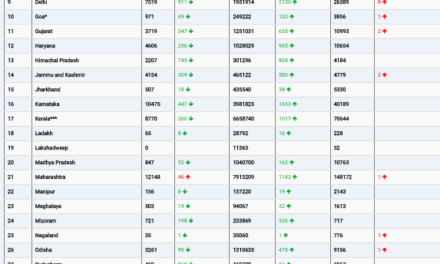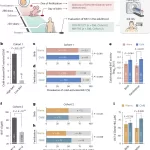A groundbreaking study published in JAMA Cardiology has revealed that polypill treatment for cardiovascular disease prevention holds significant value in low-income and underserved populations. Conducted by Dr. Ciaran N. Kohli-Lynch and colleagues from the Feinberg School of Medicine at Northwestern University, the research highlights the potential benefits of polypill treatment in reducing heart disease-related health disparities.
The study, based on the Southern Community Cohort Study (SCCS) Polypill Trial, simulated both clinical and economic outcomes using a computer model. The analysis was focused on non-Hispanic Black adults, a population at high risk for cardiovascular disease. With a 10-year time horizon, the study assessed the impact of a polypill priced at $463 per year for 100,000 individuals in the trial-representative cohort.
The results were striking. The researchers found that polypill treatment could provide a mean of 1,190 additional quality-adjusted life-years (QALYs), at a total cost of approximately $10,152,000. The cost of achieving one QALY gained with polypill treatment was estimated to be around $8,560, making it a cost-effective intervention in nearly all of the model’s simulations. When priced at $559 or lower per year, the polypill was deemed to be highly cost-effective, and it became cost-saving when priced at $443 or lower per year.
These findings suggest that polypill treatment is not only an effective tool in preventing heart disease but could also play a crucial role in addressing health inequities, especially for underserved populations. The treatment was even shown to deliver high value when expanded to a secondary analysis of 3.6 million trial-eligible non-Hispanic Black U.S. adults, with an estimated cost of $13,400 per QALY gained.
The study’s authors emphasized that the economic evaluation, through the use of a computer simulation model, demonstrates that the polypill could reduce income-related health disparities in communities that need it most. By combining multiple medications into a single pill, the treatment simplifies access and potentially improves adherence to cardiovascular care.
In a related commentary, Dr. Clyde W. Yancy and colleagues expressed optimism about the polypill’s potential to achieve health equity. The polypill’s low cost and ease of administration could help bridge the gap in cardiovascular disease prevention for underserved populations, thus improving overall public health outcomes.
This study provides a compelling case for the adoption of polypill treatment as a viable, cost-effective intervention, particularly for those in low-income and underserved communities who are disproportionately affected by heart disease.
Reference: Kohli-Lynch CN, et al. Cost-Effectiveness of a Polypill for Cardiovascular Disease Prevention in an Underserved Population. JAMA Cardiology. 2025. DOI: 10.1001/jamacardio.2024.4812
Yancy CW, et al. Genius and the CVD Polypill—A Step Toward Achieving Health Equity? JAMA Cardiology. 2025. DOI: 10.1001/jamacardio.2024.4820












